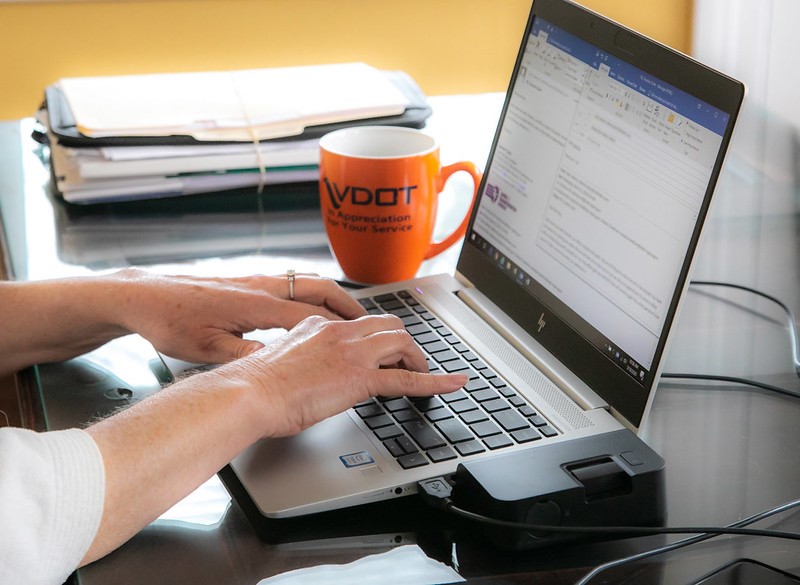
Teleworking during COVID-19 generally had a positive impact on worker productivity and corporate bottom lines in some sectors, but challenges with analyzing data make it hard to gauge long-term effects, the US Government Accountability Office (GAO) said in a recent report. The GAO, in the first part of an investigation into telework issues, published its findings in response to a request from members of the US House of Representatives.
Based on government data sources, investigators estimated that the percentage of people who primarily telework rose sharply, from 5.7% in 2019 to 17.9% in 2021. People in information services, finance, insurance, real estate, and rental and leasing were more likely to telework during the pandemic, as were those who were in the higher-income and -education groups.
The authors also found gaps in telework that weren't there before the pandemic, with a greater percentage of women and people of certain ethnic groups teleworking.
The group also looked at 44 studies that examined telework, productivity, and company performance. Some studies found increases in productivity, including at a Chinese call center and computer engineers at a travel agency. Also, a study involving a large US government agency found that workers reported higher levels of job performance on their telework days. Also, some studies suggested that companies with a greater capacity to offer telework were more resilient during the pandemic.
However, the authors found that methodologic challenges make it hard to assess long-term impacts of telework. For example, it's difficult to measure outputs from different types of jobs and to tease out the impact of telework from other key factors, such as the economic recession. Other confounding issues were childcare, mental health, and work equipment. Future reports will explore public policies affecting telework and how the practice has affected various economic sectors.












